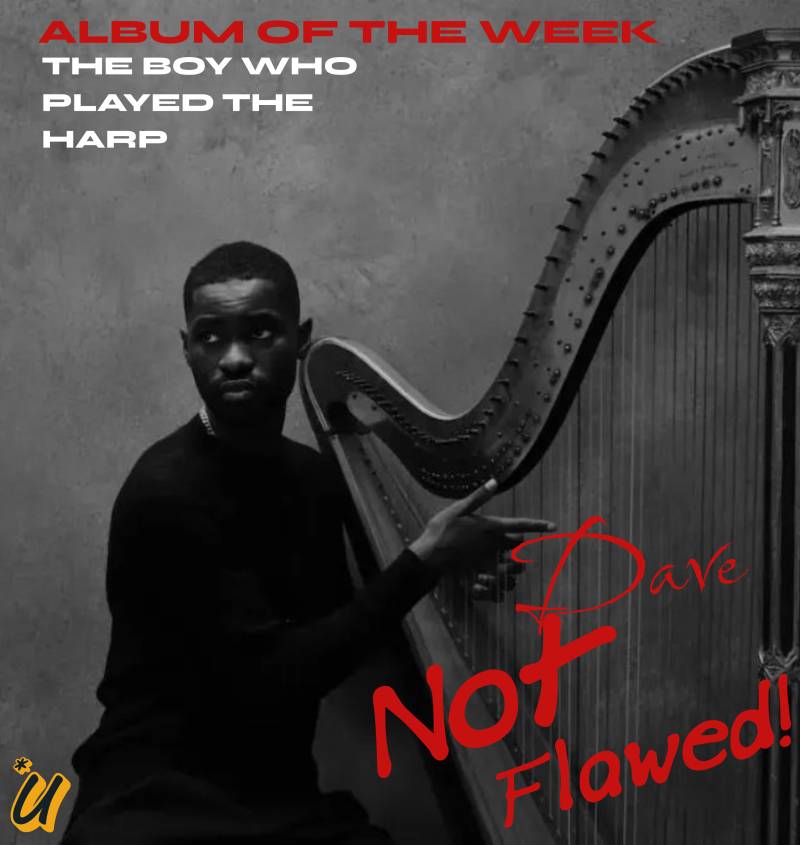A statistical analysis on the eve of Women's History Month indicates minimal quantifiable rise among artists and songwriters.
The statistics for Latin women in Billboard and MRC Data's year-end report looked promising at first glance. Karol G's KG0516 and Selena's Ones were two of the top five Latin albums of 2021. In fact, the Colombian superstar and the late Tejano great were the only musicians to make it into the report's top five, with Bad Bunny taking three titles.
That's an improvement over 2020, when no female artists were among the year's top five albums. However, if you delve a little deeper, you'll discover that, while women's presence on the Latin American charts hasn’t diminished, it hasn’t grown either — with their numbers on both the Hot Latin Songs and Top Latin Albums charts stubbornly stuck at less than 20% of the total chart presence over the last five years.
On the Top Latin Songwriters chart, women have a little stronger presence, but it's limited to performers who have written their own songs. Out of 27 names on the chart in its first year, Karol G was the only female songwriter who made it all year. Out of 44 names, Karol G was chosen again in 2020, along with Nicki Minaj (with whom she co-wrote "Tusa" with numerous male authors). Out of 49 names, three women – Karol G once again, Kali Uchis, and Julieta Venegas — made the list in 2021.
At a time when collaborations are becoming more common and there are more writers on tracks than ever before, Elena Rose (Becky G, CNCO, Rauw Alejandro) is among a growing list of in-demand female songwriters who are being tapped to write for major acts, male and female. But they’re not yet generating the volume of output that’s required to hit the top 10 spots on the Latin Songwriter’s chart, suggesting there’s plenty more work to be done to empower and employ female writers.
In 2015, there were just 15 entries led by or featuring women on the Hot Latin Songs chart, out of a total of 219 tracks, a paltry 6.8%. In 2016, the number of tracks increased to 18 out of 214, or 8.4 percent. In 2017, after record labels issued a public plea to create more female musicians, 32 tracks out of 208 (or 15%) hit the top 100. In 2018, the figure increased to 47 out of 241 people, or 19.5 percent, the highest percentage yet.
In 2019, females accounted for 39 of the 246 names on the list, or 15.8%. In 2020, the number fell to 30 out of 276 people, or 10.8%. Numbers were risen again last year: 45 of the 293 names were chosen on the chart, or 15.3%, were female.
The current state of the market, where pods of authors cooperate for large performers who dominate the charts, explains why the numbers haven't risen. And, while women are increasingly being requested to enter the room, statistics show that it is still not enough. Each of this year's six judges is a previous Yale Prize winner who read over 250 playwriting submissions.




